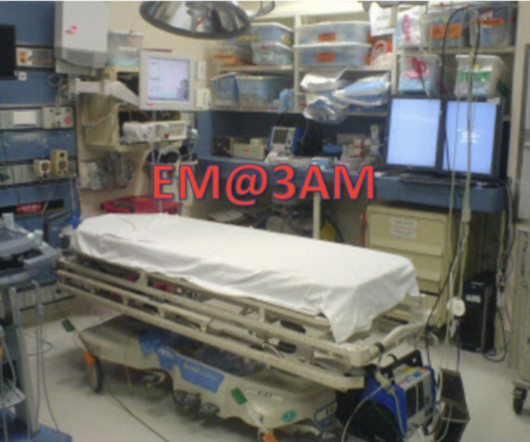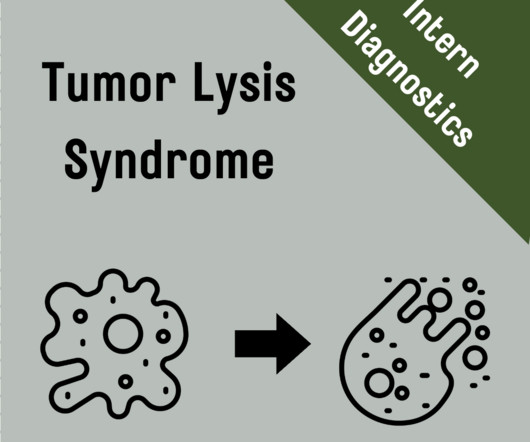Putting Clinical Gestalt to Work in the Emergency Department
ACEP Now
OCTOBER 29, 2024
For example, experienced emergency physicians have great clinical gestalt and accuracy to predict sepsis in critically ill patients at just 15 minutes from patient arrival—more so than scoring tools like the qSOFA, MEWs, and even machine-learning trained artificial intelligence models.

















Let's personalize your content